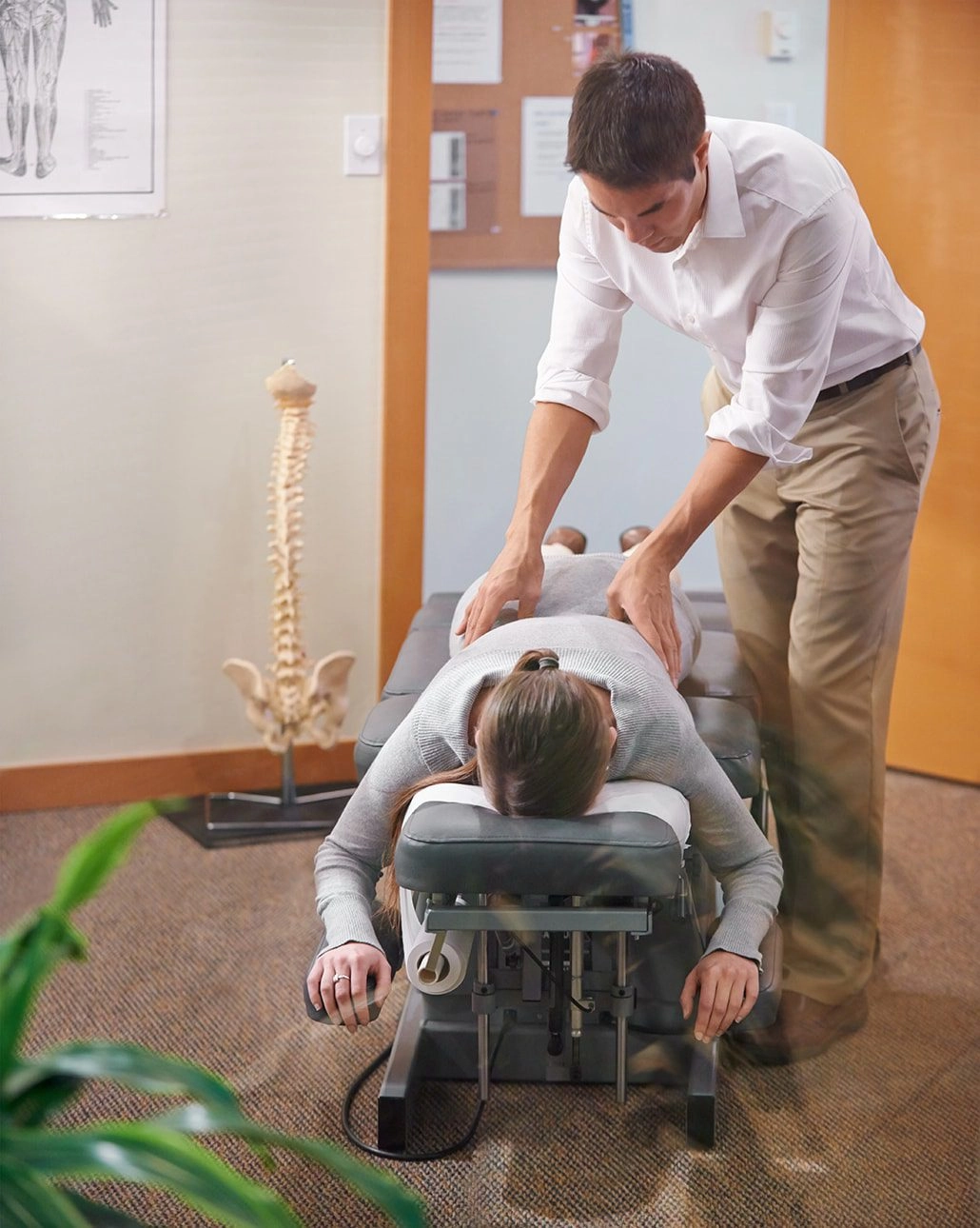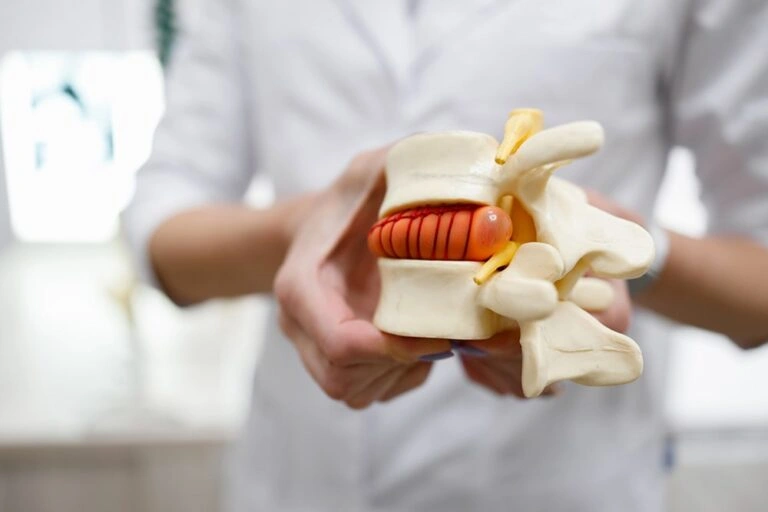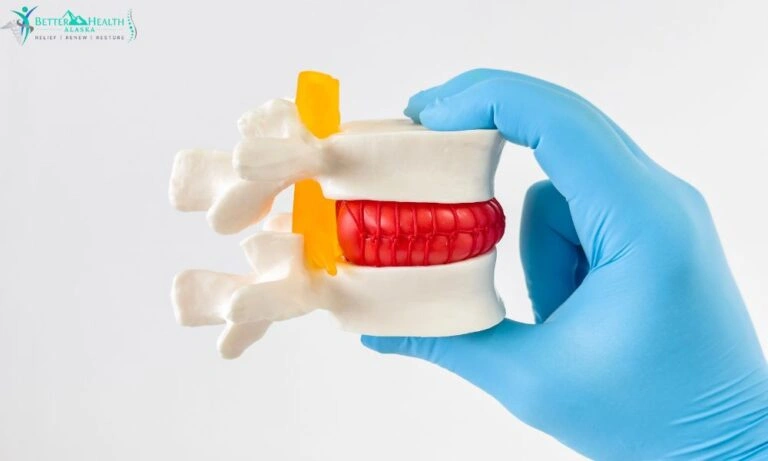If you don’t know what vertigo is, chances are that you have felt it. That feelings of dizziness that makes you feel as though you will fall over with any movement. It sometimes also causes feelings of nausea.
This is your senses trying to tell your brain that your body is off balance. The problem is that- you aren’t. Vertigo is a symptom of a problem and not a final diagnosis. The trick is to discover what is causing the vertigo.
For some people, vertigo happens just once. They lie down, the feeling subsides, and the true cause is never discovered. For others, however, this feeling returns again and again.
Why Do I Keep Getting Vertigo?
Due to an underlying problem, vertigo can return several times in a day, several times in a week, or occasionally but regularly, such as one or two days out of every month.
There can be several root problems including:
- Benign Positional Paroxysmal Vertigo (BPPV)- This is caused by small crystals that build up in the inner ear, upsetting your natural sense of balance.
- Vestibular neuritis- A disorder of the nerve inside the inner ear
- Stroke
- Neck injuries- Such as whiplash
- Head injuries- Including concussions
- Meniere’s disease- A chronic condition involving a build up of fluid in the inner ear
Unless you have been diagnosed, finding a way to stop vertigo can be frustrating. If you should feel vertigo at home, there are several home remedies that work well for some people. However, if these home remedies fail, you should seek the advice of your chiropractor or physician.
How Do You Stop Vertigo? 9 Remedies to Try at Home
The following are what helps vertigo naturally to disappear on its own.
Method #1- The Epley Maneuver
This method is especially effective for those suffering from BPPV. Even if you aren’t sure whether or not this is the problem, this maneuver certainly can’t hurt anything to try. Research shows that this series of head movements is very effective, even after 1 year.
This maneuver, sometimes called the Canalith Repositioning Maneuver, is best done with someone to help position you or you can use a mirror. It usually takes some practice for those who haven’t done this, so if it doesn’t work the first time, try several more times before you give up.
This maneuver is designed to move the crystal out of the inner ear, so the brain stops believing that the head or body is turning. The Epley maneuver is much easier to understand when one can see the positions that are required. This video explains the procedure quite well.
Method #2- The Barandt-Daroff Habituation Exercise
This set of movements is commonly recommended for people at home because it is so simple, you don’t need a helper. Be aware, however, that many people state that doing this exercise tends to make the dizziness more intense for a few minutes afterwards before it improves and then the vertigo stops.
Do not try this set of exercises if you need to drive or if you plan to leave the house soon. Allow yourself at least 30 minutes after performing this set of exercises before you stand and see if the vertigo has disappeared.
- Start by sitting on a flat surface, such as your bed. Your feet should be able to touch the floor.
- Turn your head as far as possible to the left side, then lay your head and body down on your right side. Try not to move your legs and keep your head turned to the left. Hold this position for at least 30 seconds.
- Sit up slowly and return your head to center. Wait in this position for 30 seconds.
- Repeat by turning your head to the right as far as possible and lying down on your left side. Hold for a minimum of 30 seconds.
You should repeat this exercise 5 times and as often as 3 times a day if you need to, for two weeks. If you wish, this video shows how this exercise is done.
Method #3-Ginkgo Biloba

This herbal extract has been well-studied in many different areas and for its effects on vertigo, it has been found to be just as effective as prescription medications, such as this study shows.
Ginkgo is a popular supplement that can be found in almost every health food store, drug store, and vitamin/mineral stores. It often comes in a capsule or liquid. You should consume 240-250 mgs each day to reduce the symptoms of vertigo. This might take 2-6 weeks for you to feel the effects but if other treatments have failed, it’s certainly worth a try.
Method #4- The Big D
The big D is vitamin D and with more research studies linking low vitamin D levels to many chronic health problems, including vitamin D, the “sunshine” vitamin has been getting a great deal of attention lately.
Some studies, such as this one, have suggested that low vitamin D levels can cause or worsen vertigo symptoms for those with BPPV. Your doctor can check the vitamin D levels in your blood and suggest a supplement or you can eat more vitamin D rich foods such as tuna and egg yolks. Sunshine is also a natural source of vitamin D, but you need to build up to 30 minutes each day to prevent skin damage.
Method #5- Manage Your Stress
Some vertigo problems, such as Meniere’s disease, are thought to be triggered from stress. While everyone has some stress that is unavoidable, there are ways that you can remove some sources of stress from your life and learn to manage the stress that you can’t avoid.
Some super stress busters include chiropractic massage, deep breathing, yoga, meditation, and Tai Chi. Remove negative or toxic people and situations from your life and by using stress management tools, your vertigo might become a thing of the past.
Method #6- The Semont Maneuver
Similar to the Epley Maneuver, this set of movements doesn’t require as many position changes. This maneuver is designed to treat the left or right ear, however, if you don’t know which ear is affected, you can try one side and then the other. This video explains the procedure in a simple to understand way.
Method #7- Dietary Changes
Without a diagnosis, it can be difficult to suggest which dietary changes would be most effective, but you can begin with the following:
For those with Meniere’s disease, the following foods tend to stimulate a build up of fluid in the ears. Avoid the following:
- Foods high in sugar
- Very salty foods
- Caffeine
- Alcohol
If you have vertigo from migraines, you should avoid foods that contain an amino acid called tyramine, such as:
- Smoked meats
- Chocolate
- Bananas
- Yogurt
- Ripened cheese
- Red wine
- Nuts
- Chicken liver
- Citrus fruits
Some allergies can also lead to dizziness and nausea. Pay attention to possible food triggers. Common food allergies include peanuts, tree nuts, fish, shell fish, eggs, and wheat.
Method #8- Essential Oils

While there are no known studies showing that essential oils can eliminate or reduce vertigo, some people claim that they have stopped their vertigo through aroma therapy using the following essential oils:
- Lavender
- Lemon Balm
- Ginger
- Peppermint
- Frankincense
If you have some of the essential oils listed above, you can try each of them in turn to see if you find relief.
Method #9- Watch Your Wellness
Sometimes, it’s the simple things that cause feelings of dizziness and vertigo. Be sure that you are taking good care of your overall health including:
- Getting 7-9 hours of sleep each night
- Staying hydrated
- Getting regular exercise most days of the week
- Eating a healthy, anti-inflammatory diet
- Limiting stress
- Keeping a positive frame of mind
What if These Methods Don’t Work?
You will need a diagnosis to determine the root cause of your vertigo. If you have experienced head trauma, please see your doctor as soon as possible.

Your chiropractor can be of tremendous help in this area. They are qualified to diagnose and treat almost all causes of vertigo. They can help show you how to perform the Epley maneuver so you can perform it at home if the need arises, suggest exercises and balancing movements that can help restore your sense of balance, and offer advice regarding diet and nutritional supplements.
Chiropractic manipulation or adjustments can also help stop feelings of vertigo and chiropractic massage is one of the best ways to relieve stress.
You might have heard that some people actually get vertigo after a chiropractor visit. This is sometimes a side effect of adjustments. You can read more about this subject in detail in this article.
Overall, your best chance of eliminating vertigo once and for all is to see your chiropractor if the above remedies fail. They can pinpoint the causes or reasons for your vertigo and make it stop so you can feel like your old, balanced self once more.

If you found this article helpful, please feel free to share it with others.
At Better Health Chiropractic and Physical Rehab, we want to stop your vertigo so you can live your best possible life. Call one of our 4 clinics for a same day appointment or you can click here to make an appointment online. We take all types of insurance and will be happy to check your insurance coverage.
Don’t live with vertigo one more minute! Call Better Health Chiropractic and Physical Rehab today!









